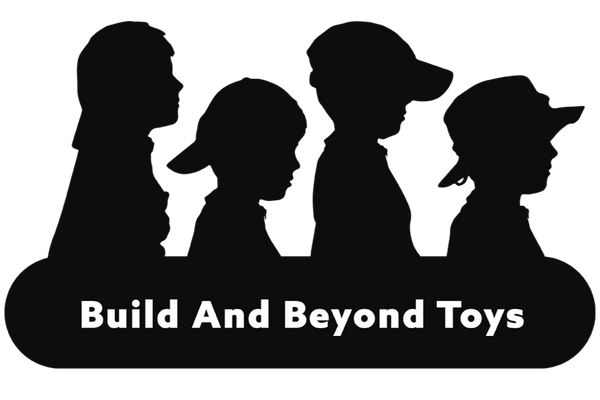The Prelude to Pearl Harbor
To understand the motivations behind the attack, it's essential to examine the geopolitical context of the time. Japan, driven by a desire to expand its empire and secure resources, had been embroiled in conflicts across Asia. Their aggressive expansionism, particularly in China and Southeast Asia, had strained relations with Western powers, notably the United States. In response, the U.S. imposed economic sanctions and trade embargoes, particularly targeting oil exports to Japan, which were vital to its military operations.
Faced with dwindling resources and diplomatic stalemates, Japan's leadership believed that a decisive strike against the U.S. would cripple American naval capabilities, buying Japan time to consolidate its gains in the Pacific. The attack on Pearl Harbor was conceived as a preemptive measure to prevent American interference in Japan's strategic objectives.
The Attack Unfolds
In the early hours of December 7, 1941, the Japanese Imperial Navy launched a surprise attack on the American naval base at Pearl Harbor. The assault involved over 350 aircraft, including bombers, torpedo planes, and fighters, launched from six aircraft carriers positioned north of Hawaii. The attack was executed in two waves, targeting battleships, airfields, and other military installations.
The devastation was immense. Eight battleships were damaged, with four being sunk, including the USS Arizona, which remains a sunken memorial to this day. Over 180 aircraft were destroyed, and more than 2,400 Americans lost their lives, with another 1,000 wounded. The attack, however, failed to destroy crucial infrastructure such as fuel depots and repair facilities, and most importantly, it missed the American aircraft carriers, which were not in port at the time.
Consequences and Legacy
The immediate consequence of the attack was the United States' entry into World War II. On December 8, 1941, President Franklin D. Roosevelt delivered his famous "Day of Infamy" speech, and Congress declared war on Japan, marking the U.S.'s full-scale entry into the global conflict. This decision united the American public and transformed the U.S. into a formidable military power.
The attack on Pearl Harbor also had long-lasting repercussions. It galvanised the Allies, leading to increased cooperation and coordination against the Axis powers. In the Pacific, the U.S. embarked on a strategy of "island hopping," gradually reclaiming territory and pushing back Japanese forces. The eventual defeat of Japan in 1945, following the atomic bombings of Hiroshima and Nagasaki, altered the balance of power in the post-war world, leading to the rise of the U.S. and the Soviet Union as superpowers.
In conclusion, the attack on Pearl Harbor was a watershed moment in the 20th century. It underscored the perils of underestimating adversaries and highlighted the importance of preparedness and intelligence. For enthusiasts of military history and model collectors alike, the events of December 7, 1941, offer a profound study in strategy, consequence, and the enduring impact of warfare on world history.
Thanks for reading our blog. If you’ve any feedback or requests for more insights or products please let us know.

